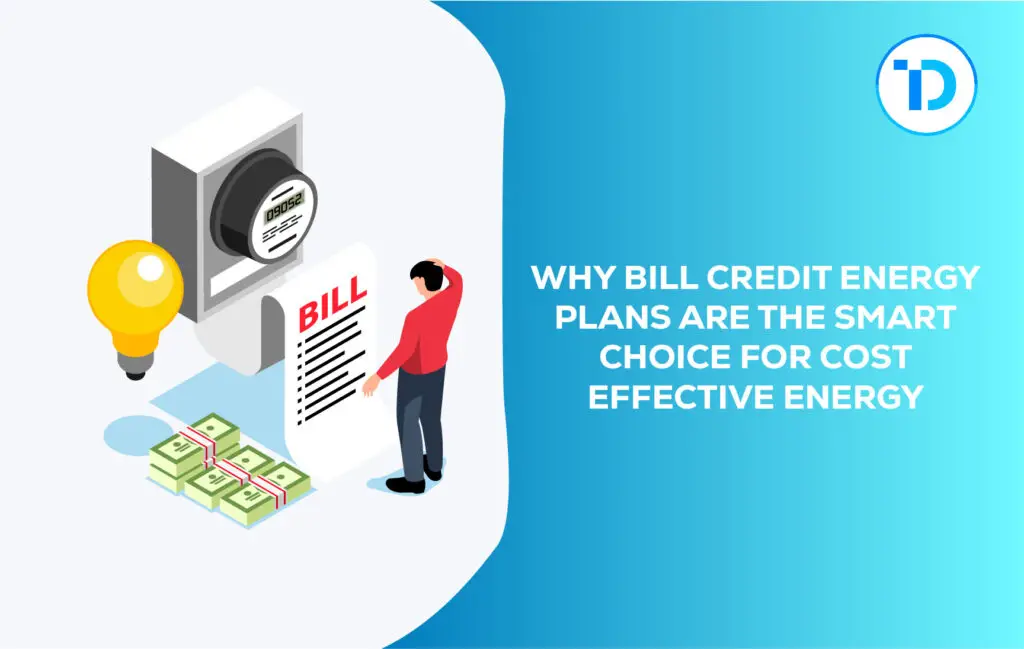Choosing the right energy plan requires understanding the plan type, rate structure, and payment options. Reviewing the Electricity Facts Label (EFL) before enrolling is also important. Bill credit energy plans are often advertised as ways to save on electricity, but these offers can only benefit consumers whose usage patterns align with the plan’s billing credits. To ensure you save money, compare the rate per kWh on the EFL with the advertised kWh rates before enrolling.
Flexible Payment Options
A bill credit energy plan offers the potential for great savings for consumers who can align their usage patterns with the kWh limits of their plans. However, this can be a complicated task since the price per kilowatt-hour advertised on a plan’s Electricity Facts Label (EFL) doesn’t consider the bill credits or usage fees often included with these plans. These plans offer a range of benefits, including no credit check requirements and paperless billing options. They also feature a rewards program and 24/7 customer service. Many consumers are hesitant to compare plans that offer bill credits or tiered rates because of the additional layers of complexity to the energy market, but online reviews can help.
Stable Rates
When choosing an electricity plan, you have many factors to consider. One of the most important is how stable your rates will be. Rates can fluctuate monthly due to supply and demand, fuel costs (natural gas, coal, and renewables), and fees like customer loyalty and auto-pay credits. However, some plans have a more stable rate structure. These plans include tiered rates and bill-credit energy plans. Tiered rate and bill credit energy plans have fixed rates that stay the same month-to-month, and they offer a lower price per kilowatt-hour when your usage goes above certain thresholds. This is a great feature for households that want to save money on their electricity bill.
But it’s important to carefully evaluate your usage patterns when considering this type of plan. It’s also essential to compare the price of each plan across the state.
When comparing electricity plans, reviewing the Electricity Facts Label (EFL) is important. The EFL provides a detailed breakdown of each plan’s charges, fees, and credits. The EFL will show an average price per kilowatt-hour for three different usage levels. It will also note any bill credits or discounts available with each plan.
No Hidden Fees
Bill Credit Energy Plans are a great option for customers who can accurately forecast their monthly usage. They typically provide a lower effective electricity rate than traditional tiered rates, and they are particularly helpful for larger spaces like multi-bedroom homes that use a lot of electricity throughout the year. However, shoppers should always look at a plan’s Electricity Facts Label (EFL) before choosing one to ensure they get the best deal possible. Additional fees or charges can significantly impact a plan’s overall cost, so it is important to compare all aspects before deciding.
Unlike Tiered Rate Plans that display a different price per kWh for each usage tier on their EFL, Bill Credit Energy Plans may only show a single price per kilowatt-hour across all usage thresholds. This makes the plan seem cheap if you fall within the threshold range, but if your usage exceeds the bill credit limit, prices quickly jump, reducing any savings.
Fortunately, many retailers make it clear on their Bill Credit Energy Plans when a price hike exceeds the threshold range. This lets shoppers easily recognize when the plan is no longer a good fit and helps them avoid paying unnecessary fees.
Zero Financial Ties
The best energy plan for your household will vary depending on the size of your home, your average electricity usage, and your preferred rate structure. Some sites allow you to compare these factors in an easy-to-understand online marketplace. You can search and filter by contract length, rates per kilowatt-hour (kWh), providers, and more. You can also choose plans that support renewable energy options, like wind and solar power. And you can even find no-deposit electricity plans that allow you to sign up with no credit check.
Providers often advertise bill credits on their electricity plans to offer a discount. However, it’s important to note that these plans are only sometimes a good fit for your family. To determine if they’re right for you, carefully compare the electricity rate per kWh on the Electricity Facts Label of each plan. The EFL will show three prices per kilowatt-hour lining up with different usage levels, called tiers. The EFL will also break down each tier’s charges, fees, and credits.
The most important factor when choosing a plan is whether you’re comfortable with a variable or fixed rate structure. A fixed-rate plan will give you confidence that your monthly energy bill won’t change, while a variable-rate plan will allow you to take advantage of market trends and savings opportunities.
